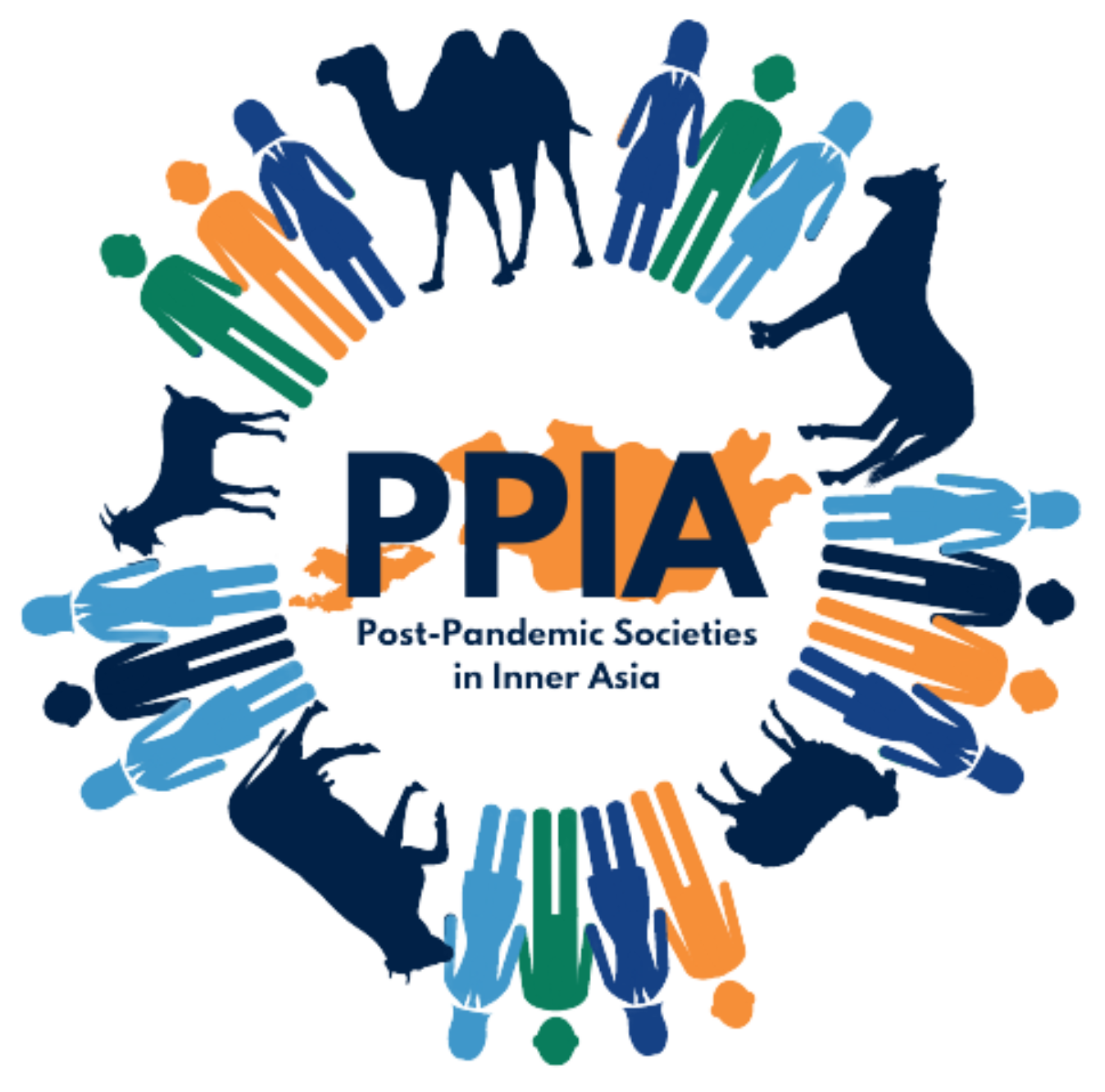Academic Exploration: From Oxford to Mongolia through Chiba University, Thinking Outside the Box
by Uyanga Ankhbayar
I attended PPIA academic spring school from May 20-22, 2024, at Chiba University. This spring school provided valuable information on writing papers and publishing them in a good journal, collaborating with international researchers, and identifying the research direction in which you want to work. Focus on improving academic skills and establishing meaningful connections with professors and students from all over Japan is crucial for personal and educational growth.
On the first day, we split into teams and created our own research “coat of arms,” with each box representing our research interest and motivation. We delved into the details of academic papers and discussed our study topics with each other. Our team consisted of an anthropologist, an educational researcher, and me, an environmental science student. This diverse mix allowed us to gain insight into the importance of research in different fields. After the session, we had a drink reception and got to know each other better. Getting to know anthropologists more closely and being in their community, even for a short time, it was indeed an eye-opening event. We had some incredible discussions about the diverse cultures, religions, and beliefs of indigenous peoples from various regions. I have been interested in geography since I was in high school. My bachelor’s degree is in environmental remote sensing and GIS, and my master’s degree is in environmental science—all my academic experience is related to the natural sciences. I had never met an anthropologist in Mongolia or Japan before, so it was a completely new experience for me. It was also awesome to chat with researchers such as Ariell Ahearn, Kodama Kanako, and Chieko Hirota; all experts can speak Mongolian.


The next day, we focused on building and developing academic careers and the importance of international collaboration. We discussed informative topics such as how to choose a journal, what considerations to keep in mind, the advantages of publishing a paper, helpful tools, systematic literature review, the different educational cultures in various countries, and the criteria for qualifying for a peer-reviewed journal. Earlier, I used a few sites like Google Scholar or Research Rabbit to search for past studies. After the session, we learned how to conduct a broader literature review using keywords and Boolean logic. Instructors shared essential tips to enhance our writing skills, emphasizing the importance of reading and writing as much as possible. We also received guidance on paragraph structure and developing arguments, which was helpful.


During the program’s final day, everyone worked on writing and refining their abstracts. Instructors Ariell Ahearn and Troy Sternberg provided beneficial tips during this period. Additionally, Buho Hoshino, the head of the environmental remote sensing laboratory at Rakuno Gakuen University, shared his research on Zud, a severe winter weather phenomenon in Mongolia, which was genuinely insightful. Being a student in this program has not only helped me develop my academic skills, but it was also rewarding to witness the expertise of professionals dedicated to studying Mongolia. It’s important to highlight that the research findings discussed during the PPIA could serve as applicable for policy development efforts in Mongolia and Central Asian countries. The last part of this day is networking and presentations. We discussed the importance of presenting our findings at the conference and how to overcome communication anxiety. Kemel’s suggestions were beneficial and very funny. He reminded me of what one of my professors had told me when I started my master’s degree in Tsukuba: “No matter what you do, don’t lose your sense of humor.”

These three days were a whirlwind of information, enthusiasm, and motivation. Every discussion served as a reminder to stay curious and open-minded. It was exciting to meet professors from Japan and the University of Oxford engaged in various research fields, including Mongolian geography, culture, and anthropology. They offered us unique perspectives into Mongolia’s beauty and people, which we don’t often notice, and certain mistakes we may have yet to see. I was inspired by the students who had come from Hokkaido, Tohoku, Kyoto, Kobe, and Chiba Universities to participate in this program; their eagerness to learn was palpable. As I returned to Tsukuba, I was filled with solid motivation to quickly publish my research using the knowledge I gained from this program.

No responses yet